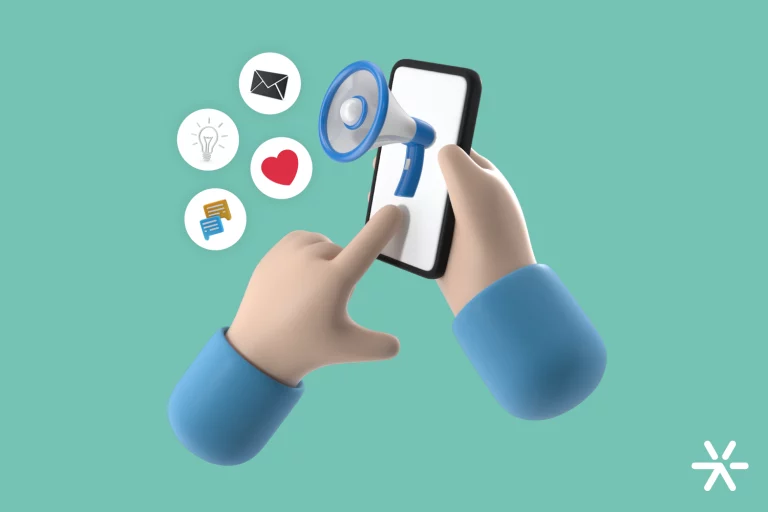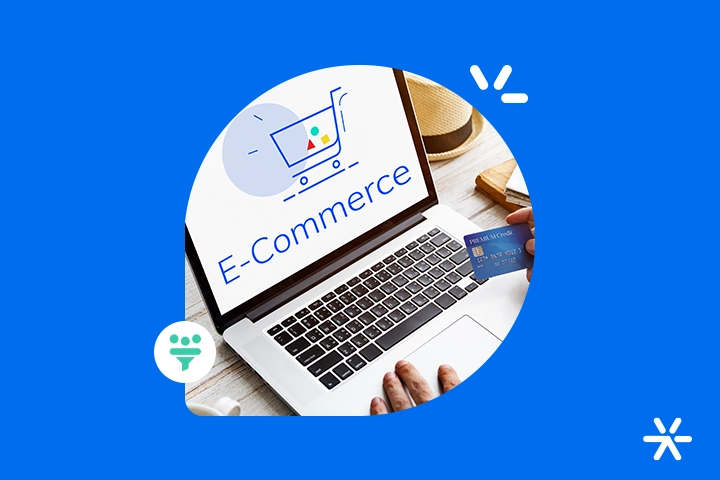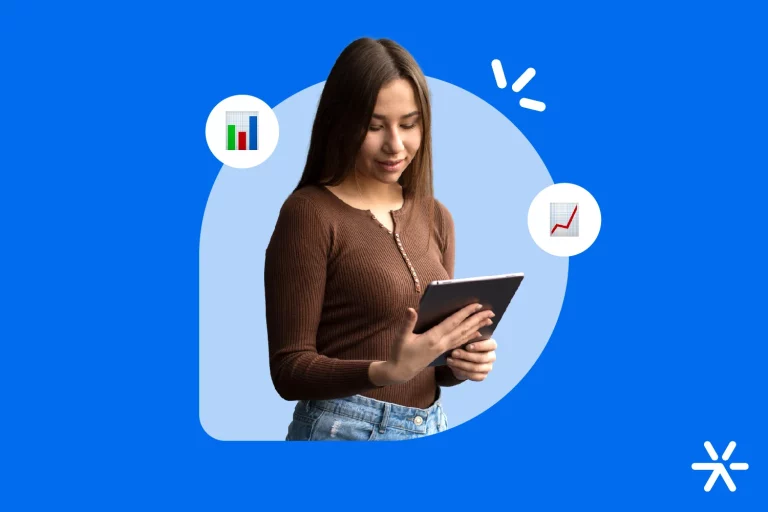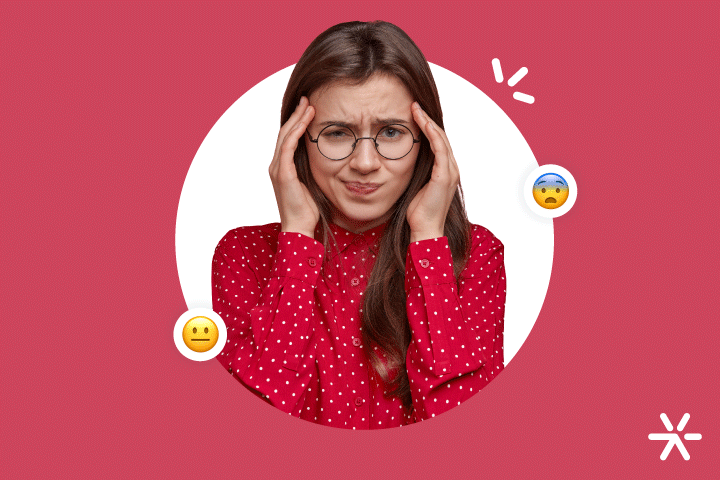7 Reasons to use Personalized Marketing in Your Approach
Increase conversions and generate more leads: these are two very common objectives for many brands.
And personalized approaches have a direct relationship with improving these very relevant rates, especially when we talk about the conversion rate on websites and Landing Pages.
According to HubSpot, exploring personalization can increase lead generation by 202% .
Do you want to better understand the power of this strategy and learn how to apply it to your actions and materials?
Then continue reading the post on the topic.
What is Personalized Marketing?
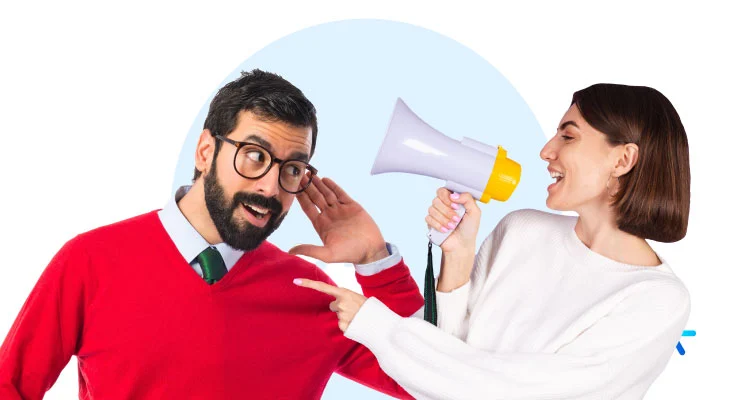
Personalized approaches are calls based on collecting information and data about leads.
This type of data includes interests, pages visited, purchasing preferences, consumption habits, history with the brand and even data provided by the lead itself, in conversion and qualification hooks.
When delving deeper, we can consider that personalized approaches are part of the conversational marketing strategy , which is nothing more than talking in real time and specifically with visitors, to help them in their purchasing decision process.
In other words, when marketing uses conversational marketing tools, such as Leadster, it will be exploiting this data to create content, such as calls, personalized email marketing, advertisements or in instant messages and virtual conversations.
Consequently, you will be reaching more qualified leads, making the sales team’s day-to-day life easier and, consequently, increasing your results.
You must be wondering why use this strategy, right?
Well, let’s start by thinking about how visitors’ attention span is becoming smaller and smaller, with more and more competition on the internet, and less space and time to capture their attention.
Therefore, it is essential that you think of unique ways to attract your user, not using generic approaches, as they will certainly ignore you.
Why use personalization in marketing?
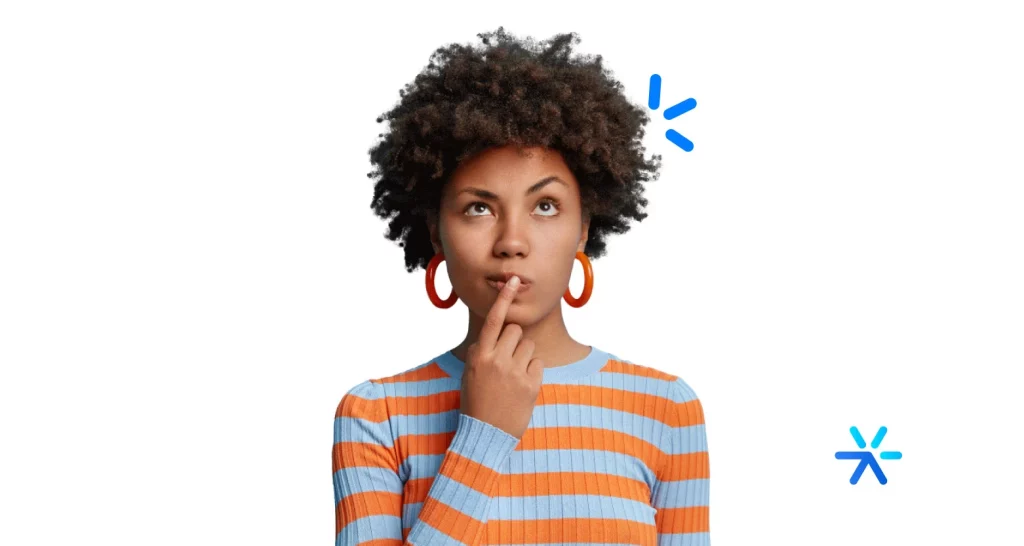
Personalized digital marketing offers some benefits, as the perception of the brand, materials and actions are also impacted.
Let’s go to the seven main ones!
1. Humanizes the brand
The brand becomes more human and better received when, when using personalization and a personalized approach, it does so through tools that simulate an interaction between two people.
This can be applied, for example, through emails sent with the name of an expert on the topic who is part of the team of collaborators or a virtual assistant identified with a photo, name and personality.
2. Generates greater connection with the customer
With the personalized approach and offering an experience designed based on behaviors and interests, the consumer receives attention from the first contact with the brand.
With this, the connection becomes stronger, as he no longer feels like just another number.
3. Delivers value to the visitor
The personalized approach can be explored to deliver relevant content to the consumer.
And when we talk about content, we are talking not only about texts, tips and materials, but also advertising.
Consumers don’t dislike ads and campaigns, what they don’t like is poorly done advertising.
If, for example, a certain lead is interested in buying a notebook, it is clearly in their interest to find the best option for them, with a good cost-benefit ratio.
So, if this product is on sale, he will want to know!
4. Adds context to the conversion
With personalization, the focus of conversions becomes the consumer’s needs and not the brand’s interests.
Of course, results continue to be expected, but the context of conversion becomes delivering the best result to the customer, at the moment they need it and will make the most of your solution.
Personalized digital marketing also helps the user to naturally relate different points of contact with the brand.
5. Facilitates decision making
80% of people say they are more likely to do business with a brand that offers a personalized experience .
Therefore, if you know how to respond, at all stages of the sales funnel, to what your consumer wants and offer what they are looking for, you will have a better chance of guiding them through the purchase and convincing the respective decision maker to close the deal. .
6. Increases conversion
When a brand manages to transmit the right message, at the right time to a consumer, the chances of conversion increase, compared to generic messages or messages that reach the consumer at a different point of purchase than they are.
7. Strengthens the relationship with the brand
When a consumer provides personal information, they give a vote of confidence to that brand.
And, with good practices and good use of this information, so that the consumer himself is favored, this relationship of trust and satisfaction grows.
With a good shopping experience, the chances of looking for the brand again also increase.
How to use personalized approaches to increase conversion?
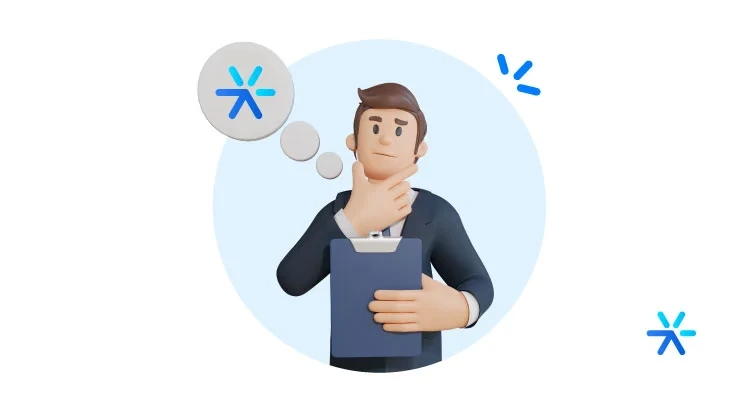
Are you already convinced of the benefits of the personalized approach and now want to put it into practice?
Let’s share some examples of how this strategy can boost your conversions.
Our focus will be on website coversions , with a personalized approach through chatbots and virtual assistants, to share real examples that we apply here at Leadster.
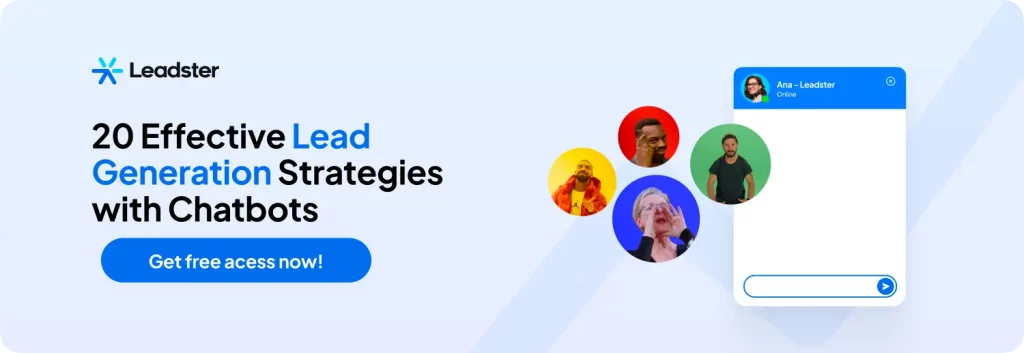
Personalized approaches per page of interest
The first form of personalized approach is according to the page of interest.
The more aligned with the needs of the website visitor, the better the personalization and the results obtained through it.
Pages must be separated within the different stages of the sales funnel.
You can change the text of the message, the CTA and the visual approach according to certain segmentations.
For example, someone who visits your company blog has a different interest than someone who visits your pricing page or requests a quote.
Therefore, the approach needs to be different, or else you will miss opportunities.
Customized approaches by source channel
Personalization can also be done according to the origin of that visitor.
First, you must take into account the channel, such as advertisements, other websites, organic search, social networks, links in emails, etc.
At a second level, the approach can be further customized using UTM code.
So, in addition to knowing that a particular visitor arrived through Facebook Ads, you can monitor exactly through which campaign, ad and link he got there.
Thus, personalization can explore hooks and interests already demonstrated by that visitor.
Customized approaches per access device
Do you know if your visitors are arriving at your website and conversion pages via mobile or desktop?
Understanding the access device is important because behavior and context deliver relevant information.
In general, visitors browsing via cell phone are in an earlier purchasing phase, still researching and are often quicker to consult and even more immediate and anxious visitors.
This type of visitor wants information.
Visitors who access via computer tend to do so when they have more time and attention.
Sometimes those who have already looked for something on their cell phone, then continue searching or even making a purchase on their desktop.
Therefore, the tendency is for them to be at a more advanced stage of purchasing.
Therefore, the approaches for these two groups should not be the same either.
Approaches personalized by user behavior on the page
User behavior on a page can also be explored for personalization.
For example, the links a visitor clicks or the pages they browse show what they may be looking for on your website.
Another example: the longer a visitor spends on a page, the greater their interest in that content.
Other personalized digital marketing options
Personalization presents many other possibilities, which also boost conversion rates and the results obtained.
But how exactly does it happen? Let’s find out right now:
Customize page content
The page content can also be changed according to each visitor.
It is possible to use tools like Google Optimize to personalize the website experience, adapting the content to each type of audience.
You can also create custom landing pages for your Google Ads ads and turn more visitors into customers.
Imagine a page that personalizes the content according to the visitor’s origin, we are talking here about changing the call, approach and design, For example:
With Google Optimize, you will direct users to the same page, but with different variations that follow the type of user you are talking to.
Let’s think about the user coming from LinkedIn Ads , they will most likely be the one already in your company’s market segment, they will be more aware of their needs and will be looking for alternatives to alleviate their own pain.
Therefore, a page with slightly more technical content, talking about the benefits of the business, values and what is the most suitable plan or product for it is essential.
On the other hand, a Facebook Ads user may be at the beginning of the journey, they already know that something bothers them, but they don’t know exactly what. In other words, the landing page here should have much more informative and explanatory content , to then include your company, showing that it is the best option.
Personalize emails
According to research by HubSpot , the main strategies used by marketers when building email campaigns are:
- Personalizing messages with lead data (27%);
- Optimizing emails for viewing on smartphones (24%);
- And segmentation according to the profile and interest of the contacts.
Additionally, personalized emails increase open rates by up to 26% – and click-through rates by up to 97% .
But, how do you make these personalized sales emails ?
There is a wide range of options for you to explore, such as segmentation by greetings, offers, follow-up, meeting scheduling, nutrition, time with the company, etc. Let’s look at the example:
Let’s think that two leads have gone through their initial contact and qualification, but one is already interested in your company’s budget and a possible deal closure, while the other needs more information about what your company does and how it can really help. it.
In the first case, you can implement a personalized meeting scheduling email marketing, to provide more details and learn more about this lead. The second case may take a little more of your time, as personalized nutrition and engagement marketing emails will be needed to better understand the lead’s needs and how you can serve them.
Personalize offers
You can also customize the offers shown to each user, as well as the order of products by relevance, highlighting those that are most interesting to them.
Another way is to use the brand’s other channels to send an offer for a specific product that the visitor viewed or placed in the shopping cart.
According to research by MailChimp , more than 60% of consumers say that receiving a discount within 1 hour of interacting with a brand or product helps build trust, relationships and sparks interest in purchasing.
Personalize ads
Still according to the same publication, 70% of buyers only respond to ads when they are personalized according to their interests.
Impersonal shopping experiences frustrate three out of every four consumers.
Therefore, it is necessary to look at the origin of your user in order to better understand their needs to choose which type of advertisement will be shown to them.
Example: if a user clicks on an ad that already introduces the implementation of a conversational marketing chatbot in less than 10 minutes, they will be taken to a specific landing page that shows them how to do it followed by a final CTA.
To assist you in this personalization process, features such as retargeting and remarketing are excellent.
This happens because you rescue that user who has already shown some interest in your service or product, increasing your conversion rate.
But, don’t think that this strategy should be the same for all users, quite the contrary, it should also be personalized.
Personalized Remarketing
Personalized remarketing, also known as sequential, is a strategy that provides users with a sequence of ad experiences after they leave your website .
In other words, instead of the same repetitive retargeting ad appearing, they will be hit with a variety of ads as they progress through the purchasing process.
Customize your website approaches with Leadster
If you don’t know where to start customizing your approaches, rest assured because Leadster holds the key to your success.
With our conversational marketing chatbot you customize calls and approaches for each page, channel, source and objective .
From this, more qualified leads are generated, increasing the conversion rate of your website and positively impacting your results.
Through the tool you attract, analyze, qualify and convert visitors into leads.
What do you think about testing it in practice right now and for free?
Just start our free trial and enjoy it for 14 days!



